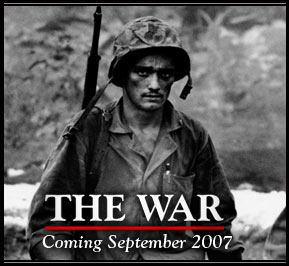At first glance, putting urban townhouses along the riverfront between the Riverplex and Spring Street seems like a crazy idea. But is it so crazy that it just might work?
I stopped by the Economic Development department and took a look at their proposal for this stretch of land. It would only displace about 100 feet of park land, which they plan to replace — yes replace — by using sediment dredged from the river to extend the shoreline. Thus, no park land would actually be lost. It would cause minimal disruption to the park, requiring only that the sand volleyball courts and Constitution Garden be relocated a short distance away and that a small portion of the bike path be rerouted. The city owns the land, one of the few parks not owned by the Peoria Park District.
The townhouses and home listings would face outward toward the park and the river, and a new road would be built (it could just be an extension of Water Street, or it could be given a new name like Riverfront Drive) between the Riverplex parking lot and Spring Street. The city itself wouldn’t build the townhouses or the road, but would put out bids to developers instead. The idea is to get private dollars reinvested downtown.
The development would not be merely residential. It would be mixed use. So the ground level of the complexes would include a retail component which could include things like a deli, restaurant, grocery store, etc.
There would be an added bonus to this development, too. It could help the city with its combined sewer overflow problem. The combined sewer intercept runs underneath the park. If the city were to put in a larger intercept pipe or additional pipe storage, it would have to dig up some of that land at the city’s sole expense. But if a private developer were building a new neighborhood there, the excavation costs could be shared to the city’s and developer’s mutual benefit.
Reaction to the idea on the Journal Star and Peoria Pundit sites has been negative because of two things: Taft Homes and PMP Fermentation. So that was one of my first questions when I visited the Economic Development Department.
The city has been in contact with the Peoria Housing Authority, and the PHA is planning to replace Taft Homes with River-West-style housing in the future. They may be able to move up implementation of that project to roughly coincide with the building of townhouses along the riverfront. As far as crime is concerned, the argument is that having up to 200 new residential homes will make the area safer because it will provide more “eyes on the street” in that part of town. It will combat the culture of “I didn’t see nothin'” that is prevalent among lower-income residents.
PMP Fermentation is owned by Fuso Chemical Co. of Osaka, Japan, and within the past year they’ve shut down half of their physical plant. They closed two buildings and laid off 16 workers in September 2006 because “the company can buy its chemical products cheaper from China rather than produce them in Peoria,” according to Journal Star archives. This has mitigated the impact PMP has on the livability of the area.
Furthermore, there’s a bit of inconsistency in arguing against townhouses here, but in favor of park land. If crime and industry are so terrible down there, one would think no one would want to play volleyball, ride bikes, walk around Constitution Garden, etc., in that area of town. Yet people do. Wouldn’t townhouses further improve the area? And couldn’t it be the start of more renewed investment on the near north side?
I think the idea has some merit and should be given fair consideration. I’m looking forward to Director Craig Hullinger’s presentation to the City Council this evening. I’m sure he’ll get plenty of tough questions about the location and its challenges.
 Not a very impressive performance by the World Series Champion St. Louis Cardinals. Hampered by poor pitching and many injuries, they couldn’t even muster a winning season in 2007. But, on a positive note, they did end the season with a five-game winning streak, including a sweep of the Pirates.
Not a very impressive performance by the World Series Champion St. Louis Cardinals. Hampered by poor pitching and many injuries, they couldn’t even muster a winning season in 2007. But, on a positive note, they did end the season with a five-game winning streak, including a sweep of the Pirates.
 The city council on Tuesday tacitly approved
The city council on Tuesday tacitly approved  I’m looking forward to watching the new documentary by Ken Burns and Lynn Novick, “
I’m looking forward to watching the new documentary by Ken Burns and Lynn Novick, “